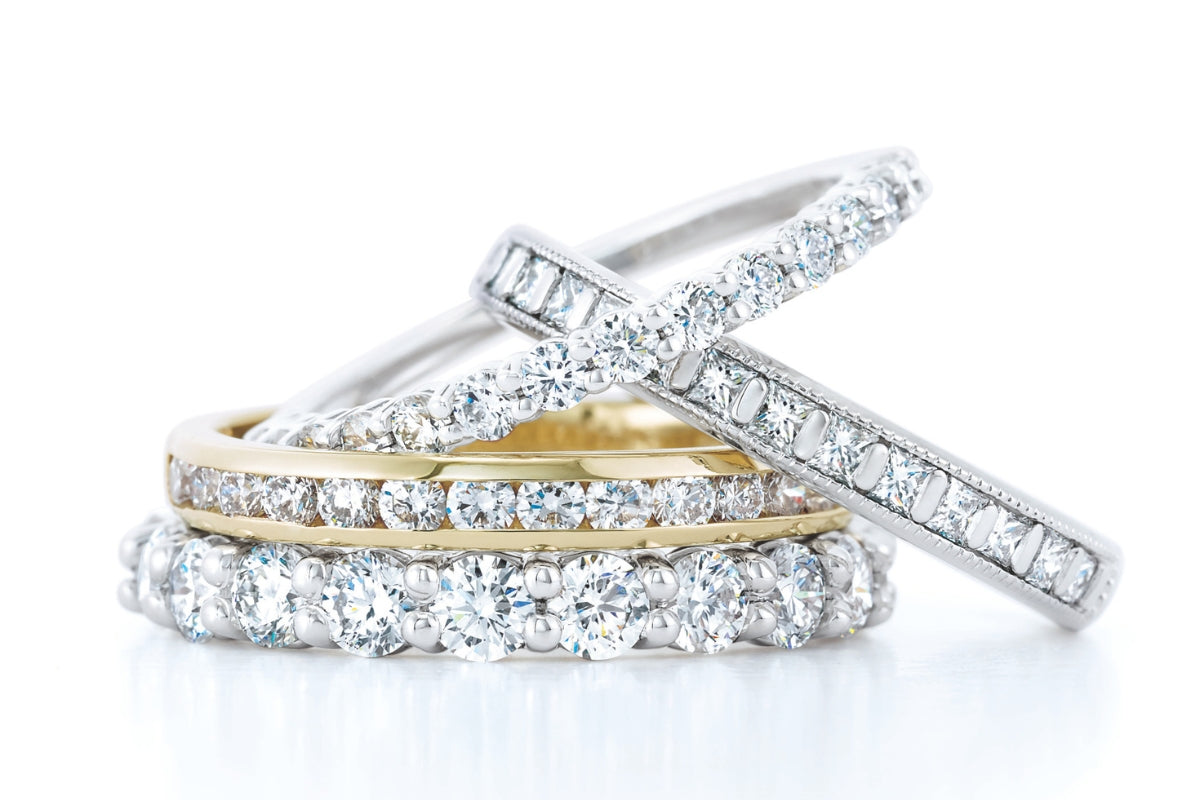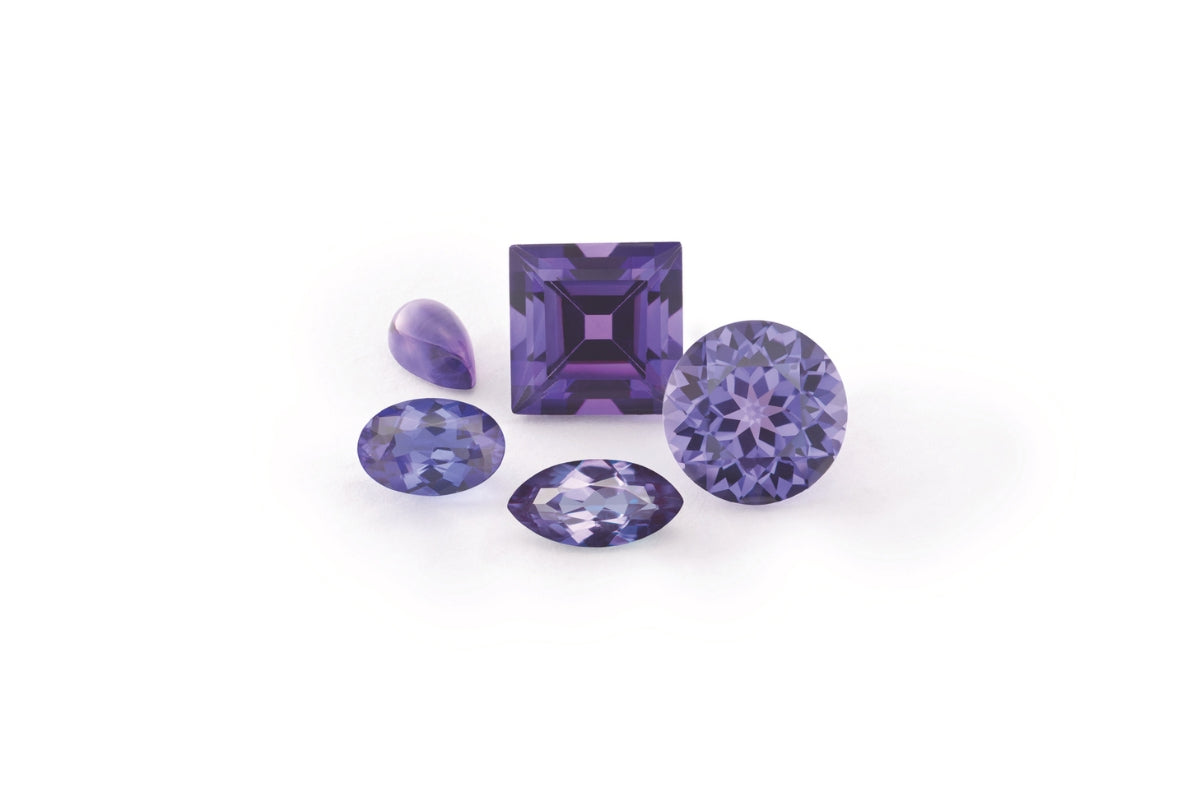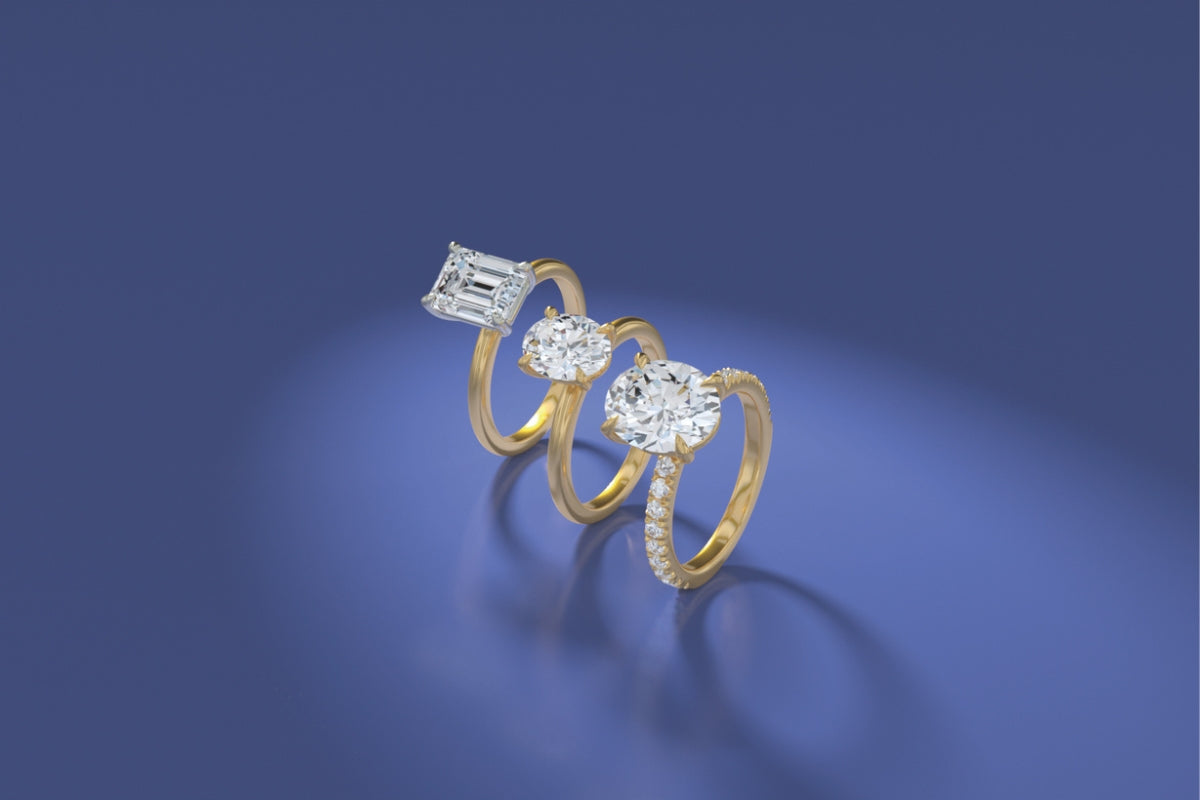If you’ve been following our blog posts, then you’d agree that diamonds are amazing. To be able to wear them as jewelry to signify life’s most important events and celebrations is a privilege. Today, more than ever before, diamonds represent a privilege no longer reserved for royalty, elite, and affluent consumers. The availability and variety of diamonds and gemstones today is astonishing. Thanks to the internet’s ease of access, in many ways, our “millennial” generation has grown accustomed to all sorts of options when shopping, one that I appreciate the most is transparency. Like you, I want to know all that I can before I make a decision, if there’s a better value proposition out there, I want to know about it. Just being a “diamond” isn’t good enough anymore, we want to know where it came from, if it’s certified by a reputable Gemological laboratory, and, based on the market, if the price is fair.
Lab-grown diamonds, commonly referred to as man-made or synthetic diamonds have been in the works as early as the 1940’s. Due to their unique characteristics (thermal conductivity, hardness/use as an abrasive, optical transparency, and high electrical resistance) diamonds were initially manufactured for industrial applications.
It’s widely accepted that the largest breakthrough occurred when GE created its first batch of lab-grown industrial diamonds in December 1954 and announced the creation of the first man-made diamond in February of 1955.
Furthermore, driven by wartime efforts, the necessity to have a consistent, reliable, and cost effective supply drove demand, which for numerous reasons, was not being met by the handful of international diamond mining companies. According to GIA. “A Swedish electric company - Allmana Svenska Elektriska Aktiebolaget - had actually made diamonds two years earlier.” For various reasons, they did not announce their accomplishments for two years after GE’s success.
Gem quality lab-grown diamonds have been commercially available since the late 1980’s. Not until recently, did their quality and price in terms of the 4 C’s (Color, Clarity, Cut, & Carat Weight) improve. It’s not uncommon to save up to 40% on a lab-grown diamond when compared side-by-side to it’s mined counterpart.




